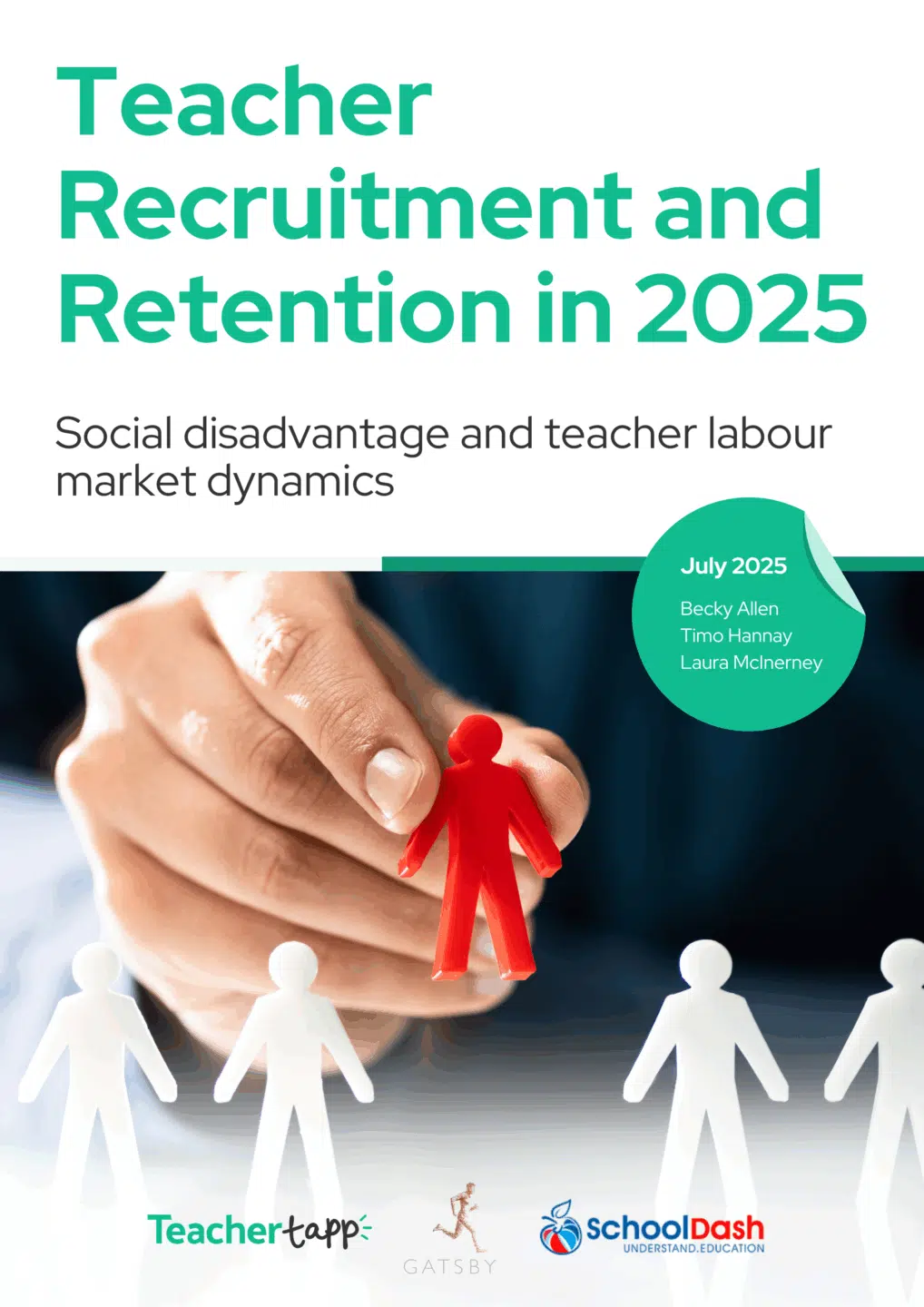The Teacher Tapp and SchoolDash annual report on teacher recruitment and retention provides insights into the current state of the teaching profession in England. By monitoring job advertisements and conducting surveys with over 8,000 teachers, the report presents key trends and challenges. Here are the key findings:
1. Recruitment challenges in secondary schools
Secondary schools are facing significant difficulties in recruiting an adequate number of teachers to meet the
demands of the ongoing baby boom and attrition from the profession. Job advertisements have increased by 12% compared to last year, and a record-breaking 13% of secondary teachers report currently unfilled vacancies within their subject departments.
2. Primary schools and teacher shortages
Unlike secondary schools, primary schools find themselves in a relatively less challenging position due to declining pupils rolls, which reduces the demand for teachers. Approximately 9% of primary teachers currently report having unfilled positions in their schools, a figure consistent with the previous year.
3. Long-term concerns in school recruitment
We anticipate that the recruitment crisis in secondary schools will persist for several years as pupil rolls continue to rise. Of particular concern is the high level of dissatisfaction among teachers, which may lead to a greater exodus from the profession. Only 59% of teachers now expect to still be teaching in three years’ time, a significant decrease from the pre-pandemic figures of 74-77%. Regret about training has also increased, with only 58% of teachers indicating they would choose to become a teacher if given the chance again, compared to 71% when asked in 2019.
4. Challenges in headteacher recruitment
The Department for Education records indicate a surge in new headteacher appointments, reflecting a high number of retirements following an exceptionally stressful period during the pandemic. We remain concerned about recruiting future heads since the percentage of deputy and assistant heads expressing an aspiration to become a headteacher has fallen to 43%, down from the pre-pandemic figure of 56%
5. Coping strategies for shortages
Primary and secondary school headteachers are adopting different approaches to address existing teacher shortages. Primary heads say they will use agency staff and higher-level teaching assistants as class teachers,
with some planning to move deputies and heads into class teaching positions. By contrast, secondary heads have a wider range of options, including adjusting student timetables, reducing GCSE options, increasing teaching group sizes, and employing non-subject specialist teachers.
6. Challenges of flexible working
Whilst the appeal of flexible working practices outside teaching increasingly presents a threat to the profession, teacher shortages and budget constraints actually make it more difficult to put flexible working into practice since there is little slack to accommodate complex timetabling needs and ad-hoc requests for time-off. Teachers strongly desire minor adaptations to their work conditions, such as the ability to go home during their planning, preparation, and assessment (PPA) time, or occasional time off for special family occasions. But there are currently wide variations in the extent to which schools accommodate these requests.




